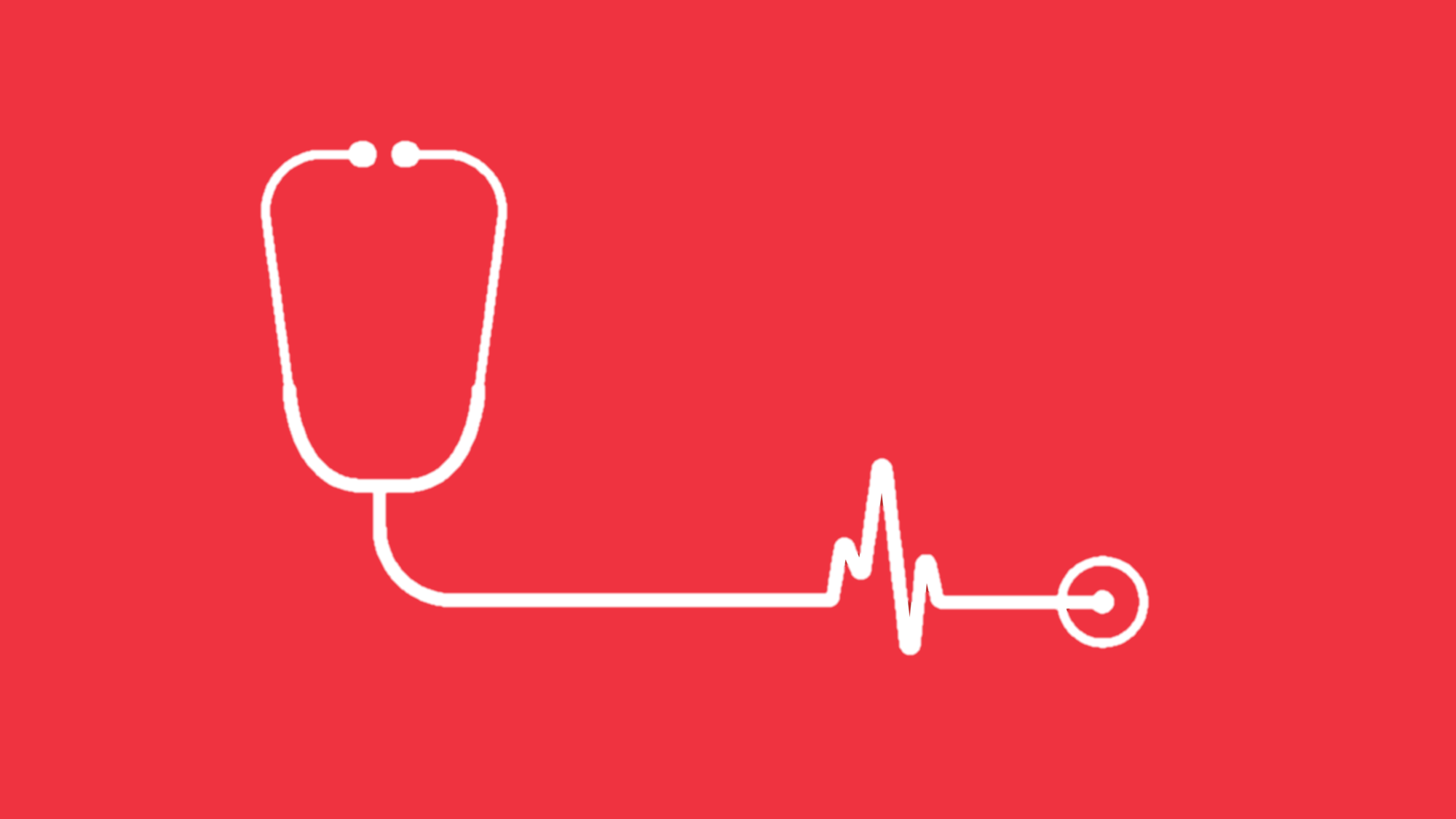The new reality for Ontario Hospitals
Already in 2012, a great amount of material has been produced concerning Patient-Based Funding (PBF) and the Health Based Allocation Model (HBAM). Most of this however has been either basic information from the Ministry or opinion from a variety of stakeholders within the health care system. This basic information includes how the Ministry arrived at its ‘made-in-Ontario’ solution and some clarification governing the initial funding arrangement and which hospitals will or will not be immediately impacted.
Several CEOs have provided cautious and generally supportive statements about these reforms in the press1 2 3, but generally speaking, it appears the management cohort has assumed a wait-and-see posture. This is not an altogether surprising position for management to take. After all, the Ministry has yet to provide complete information, or even final budget approval for the current fiscal year.
However, it is generally accepted that the health system requires significant reform and already there exist some strong incentives for health system actors (including hospital CEOs) to move toward improving the system.
As is already well known, the Patient-Based Funding Model (PBF) encourages funding allocations that will follow the patient through the healthcare system. Patient-Based Funding will be phased in over the next three years, and will reduce fixed global (or base) funding. Global funding will be replaced by Quality-Based Procedure funding and Health Based Allocation Model (HBAM) funding.
Quality-Based Procedures will be identified by the Ministry of Health and will be funded on a price times volume formula. For 2012-13, these procedures include cataracts, unilateral hips, unilateral knees and chronic kidney disease. The Ministry of Health is developing lists of potential additional Quality-Based Procedures for 2013-14 and 2014-15.
HBAM is intended to be an evidence-based funding model that considers factors such as age, gender, socio-economic status, rural geography and patient flows.
From the reforms, the following likely outcomes can be assumed:
- Some hospitals will begin to specialize and focus on what they do best; not all hospitals will do all things;
- Some hospitals will stop doing some things because of cost and/or quality;
- Some services, such as non-complex surgical procedures or services such as diabetes education, may be moved into community settings;
- Consolidations or integrations may become necessary, and more common, across the province as hospitals look to find cost efficiencies.
In some instances hospitals have already been at work to expedite aspects of integration such as shared services arrangements for procurement and lab work. But for many, both within the hospitals and in their surrounding communities, the increasing speed of integration and the movement of specific procedures to the community or even to another hospital down the road will be a big and not entirely welcome change.
Hospital management does not need to take a backseat to any of this however. At least three initiatives can and should be taken up by hospital leadership everywhere, whether or not they are affected by 2012-2013 HBAM.
1. Determine Costs – If not already up and running, CEOs need to establish working groups focused on cost analysis to establish what are the fixed and variable costs for each service provided. An obvious starting place is within the initial clinical groups (cataract, hip, knee and chronic kidney).
Given that the Ministry has made it clear that more Quality-Based Procedures are coming, the working groups need to go beyond these initial four groups and start to examine others as well. These working groups can be formed from internal teams or partner hospitals such as those where shared services agreements are already in place, and the LHINs should be brought on board as well.
2. Create a System to Manage Costs – Many observers have noted that neither the LHINs nor the hospitals currently have the systems in place to track how much each clinical service costs. Instead, hospitals generally keep track of costs at the department level.
As an example, a hospital in Ontario might know how much it is spending on its emergency department but not how much it costs to treat the average patient with a broken arm. This is problematic because a hospital that is deemed to be inefficient after the introduction of HBAM will only be able to understand where it is inefficient if it knows how much it spends to provide each service4.
Be that as it may be, hospitals should get a handle on their costs at a detailed level. For example, the working groups should focus on the following:
- Cost per weighted case methodology (to help focus on productivity improvements);
- How to account for random variation between years;
- Data quality;
- Timeliness of data (to allow hospitals time to adjust to the new model)5.
3. Engage the Community – Equally important is a focus on the communities surrounding the hospital. Already hospital management has in place a powerful resource to assist in bringing the community on side and help with their understanding of the implications of HBAM.
The hospital Board of Directors is made up of volunteer community members who are ideal conduits from the hospital to the community at large.
This group needs to be educated about the implications of PBF and HBAM, and prepared with a communications strategy to best frame the conversation around efficiency, improvements, sustainability and tax payer cost. This will be of great assistance when the tough decisions involving removing procedures and services from the hospital proper are implemented.
The Bottom Line
Patient-Based Funding is coming. Aspects of its implementation may well be uncomfortable for many hospitals. But now is the time to get established as a leading practitioner and not a follower. Pull together your teams for cost analysis and cost efficiencies, educate your Boards of Directors and donors, and prepare your hospital and its community for these reforms. Many hospitals have already begun many projects or initiatives such as LEAN or Six Sigma and these are good starts. All hospitals, whether immediately impacted by HBAM now or not, need to go beyond beginning any initiatives and really do the work around integration, efficiency and understanding costs. Then, hospital administrations will have evidence to enable better decision-making and planning.
References
- Tracey Richardson, “Funding for hospitals getting a facelift,” Owen Sound Times, April 17, 2012 (http://www.owensoundsuntimes.com/2012/04/17/funding-for-hospitals-getting-a-facelift)
- Alison Brownlee, “Muskoka Algonquin Healthcare’s budget tightens with funding constraints,” Cottage Country Now, July 4, 2012 (http://www.cottagecountrynow.ca/news/article/1387199–muskoka-algonquin-healthcare-s-budget-tightens-with-funding-constraints)
- Norm Tollinsky, “New funding model unveiled for hospitals,” Northern Ontario Medical Journal, June 1, 2012 (http://www.nomj.ca/Articles/ News/06-12-New-funding.aspx)
- Irfan Dhalla & Karen Born, Ontario Hospital Funding: Confusion for 2012/2013?, HealthyDebate (http://healthydebate.ca/2012/02/topic/ cost-of-care/ontario-hospital-funding-confusion)
- Toronto Central Local Health Integration Network, [Minutes], Board of Directors Meeting, April 25, 2012 (http://www.torontocentrallhin.on.ca/uploadedFiles/Home_Page/Board_of_Directors/Minutes%20Toronto%20Central%20LHIN%20Board%20April%202012%20Approved.pdf)

Optimus SBR Celebrates 6 Consecutive Wins as 2024 Best Workplaces™ in Professional Services
Our commitment to a people-first approach has been central to being recognized in 2024 for the sixth time as one of the Best Workplaces™ in Professional Services and the key to our overall success.

12 Best Practices to Increase Cross-Team Collaboration and Enhance Organizational Alignment
Enhancing cross-team collaboration drives innovation, optimizes resources, improves overall performance, and ensures every part of your organization works toward the same goals.

Enhancing Your Data Strategy for Success: The Power of Metadata
Metadata goes beyond just aiding in data retrieval. It ensures your data is secure, compliant and, most importantly, understood consistently by everyone in the organization.

Optimizing Language Translation Strategies: Beyond Compliance to Enhanced Operational Efficiency
The introduction of Quebec’s Bill 96 in Canada underscores the necessity for comprehensive translation strategies. Integrating machine translation technologies helps meet regulatory requirements while enhancing translation speed, cost efficiency, and operational effectiveness.

How to Manage Gen Z: 16 Strategies to Engage and Retain Young Talent
These practical strategies lead to a workplace that is better aligned with the values and expectations of Gen Z employees, ensuring that your efforts to attract and retain Gen Z talent are both successful and sustainable.

How to Measure the Success of Learning and Development: 12 Important Metrics to Evaluate
Quantifying the success of L&D training programs can be challenging. Learn about selecting and measuring the right metrics to determine whether your training efforts are truly making an impact.



